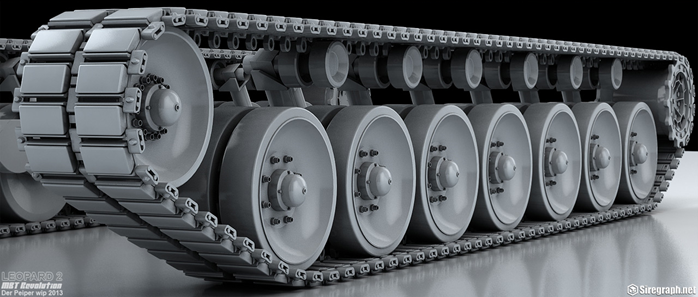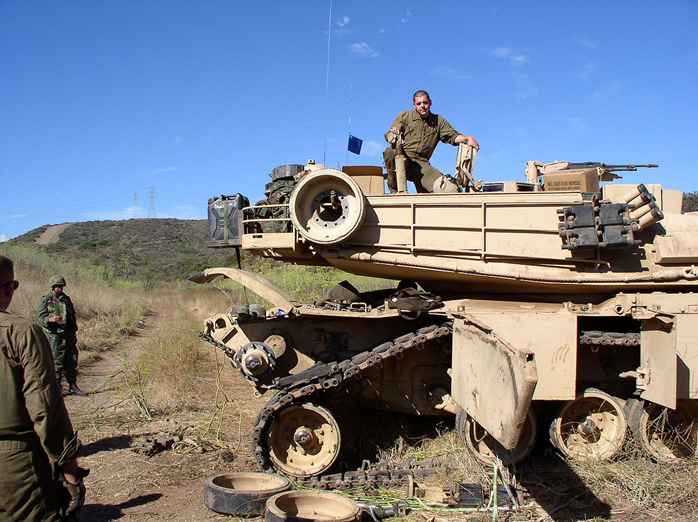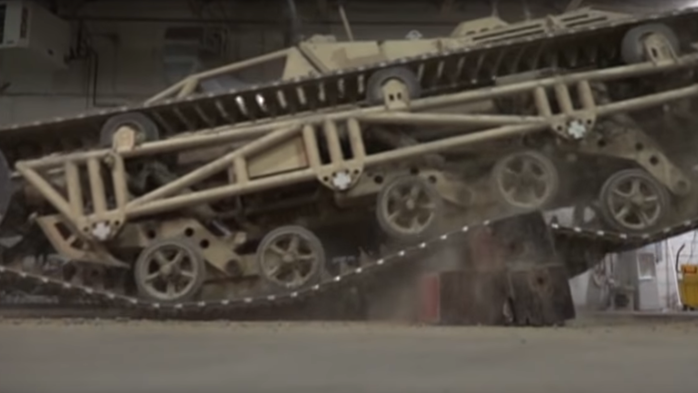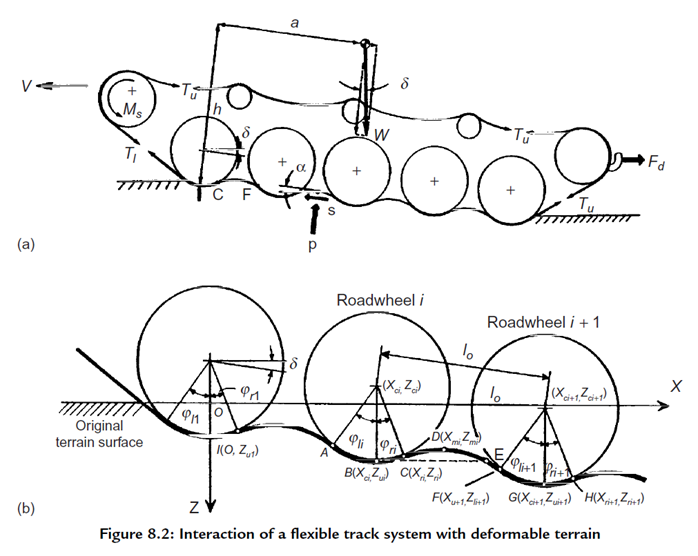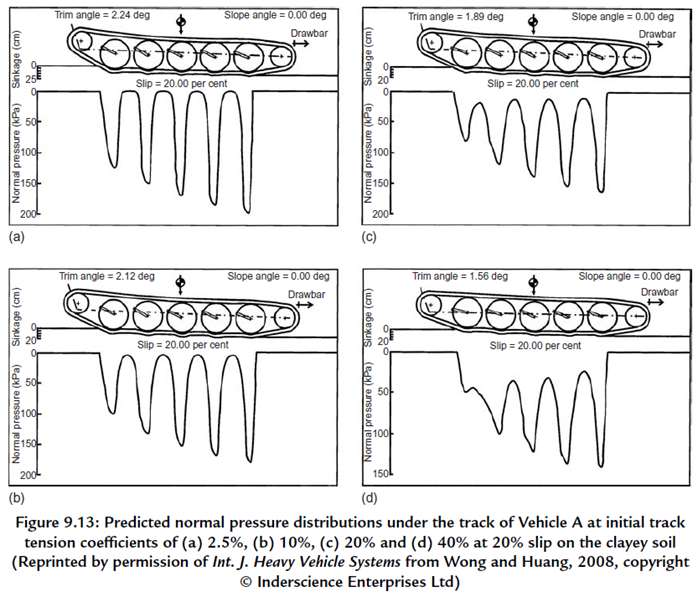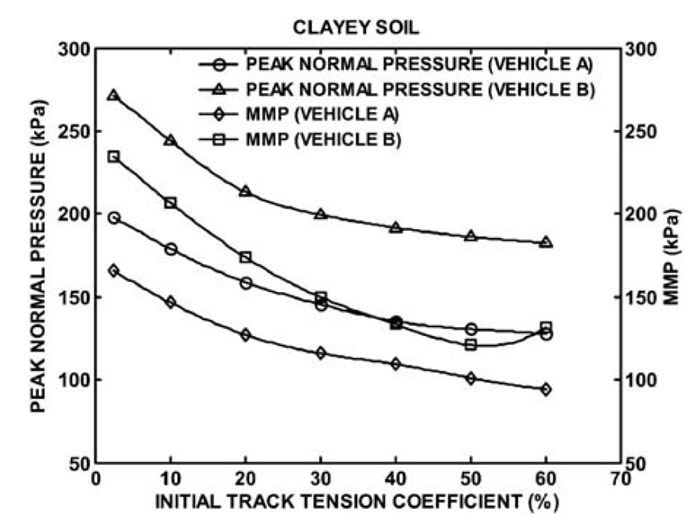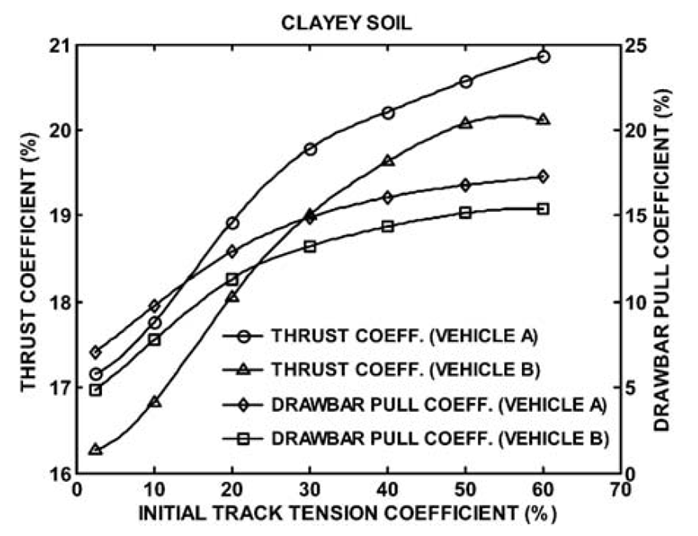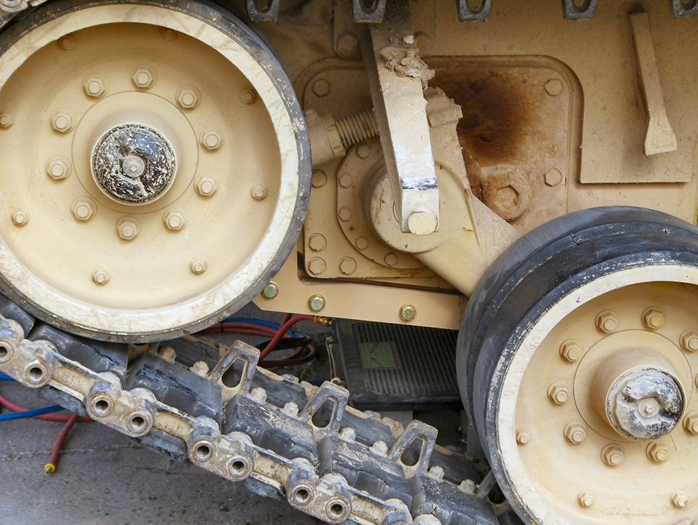Part 5 of my Running Gear series, today looking at idlers and track tension. The series is looking at all the bits of tracked vehicle mobility and started here ( https://bit.ly/30596QZ )">https://bit.ly/30596QZ&q... if you want to follow the threads. Hope its interesting.
Usual disclaimer - this is Twitter, I don’t have much space and so some things are simplified or omitted for simplicity. This is a hugely complex science; I’m just giving a flavour of the considerations inherent in AFV design. With that out the way…
The idler is the opposing wheel to the sprocket and has primary functions of folding track around to form a complete loop, and providing a means to adjust tension. They are basically (often literally) just a roadwheel suspended to provide an angle of approach for tracks
Many AFV use an identical roadwheel on this position, and in damaged vehicles track can be “short tracked” over another roadwheel station to limp home. In many ways not much is special about the idler itself. However, idler is also used to adjust track tension, which is critical
In older designs it was manually wound forward/back to increase/decrease effective length of the track run, & thus increase or decrease tension accordingly. Now usually controlled remotely from drivers station and can be adjusted on the fly, rather like CTIS in wheeled vehicles.
This is only static tension – as roadwheels move on their suspension the dynamic tension varies significantly. In extremis, this can cause the track immediately ahead of the sprocket to become slack and risk of skipping or shedding becomes high
Aside losing track, why does tension matter? It has significant effect on mobility. Increasing static tension increases mobility An important concept to understand is that track is not rigid – obvious perhaps, but the wheels press into the track and it deforms into the terrain
This means that normal pressure distribution is not even across the track, tension on is actually extremely uneven along its length – the static tension set by the idler is just a starting point. As graphs show it spikes under roadwheels and in accordance with weight distribution
Low tension means loose track between roadwheels, allowing roadwheels to sink more and the AFV behaves much like a wheeled AFV with weight primarily borne below the roadwheels. The vehicle will sink into the ground more in this case.
Conversely, high track tension pulls the track between roadwheels tight and allows significant load to be borne on it, lower mean maximum pressure and making the load bearance more even across the entire contact area. The vehicle will sink less and can cross softer terrain
Charts here show unsupported vs supported track at varying tension levels. Note that supported is always lower pressure in the comparison, and as tension increases pressure decreases, thrust increases and roadwheel sinkage decreases
The downsides of high tension includes teh obvious - it being under tension means it stretches quicker, and is under more force and thus bushings and other components can wear faster. It also needs constant adjustment to maintain a high tension.
To avoid the earlier issues around suddenly slackening of the track under dynamic load and roadwheel travel, most modern AFV have some form of dynamic tension adjustment to automatically mitigate this change.
A common way to do this is to connect the idler to the front roadwheel arm so that as the roadwheel arm rises it extends the idler and thus takes up the slack in the track automatically. Other solutions are used.
Track tension element is really critical for mobility, and it’s a complex one to model or look at, but hopefully that’s a pithy intro to it. Next in the running gear series will be suspension. /end #miltwitter #tanktwitter #AFVaDay

 Read on Twitter
Read on Twitter